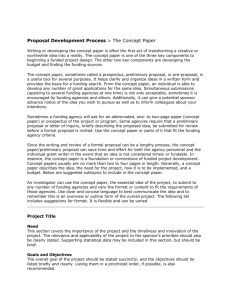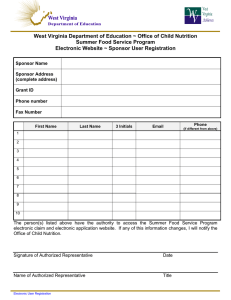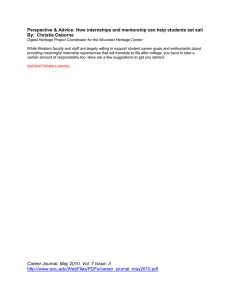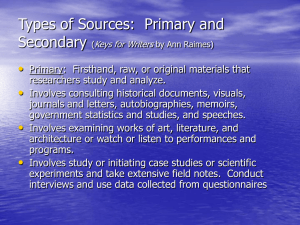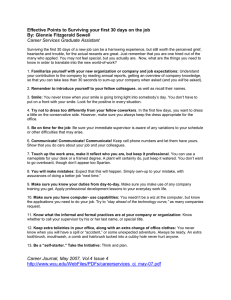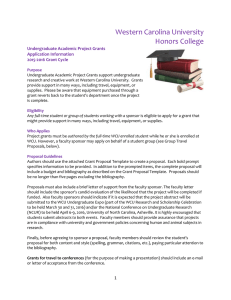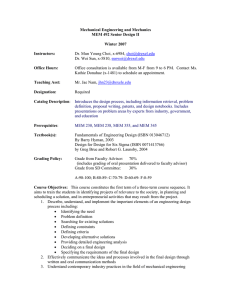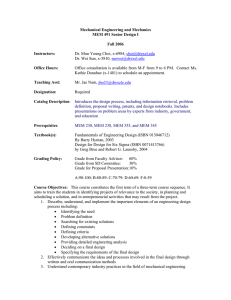Proposal Development Process - The Concept Paper concept paper
advertisement
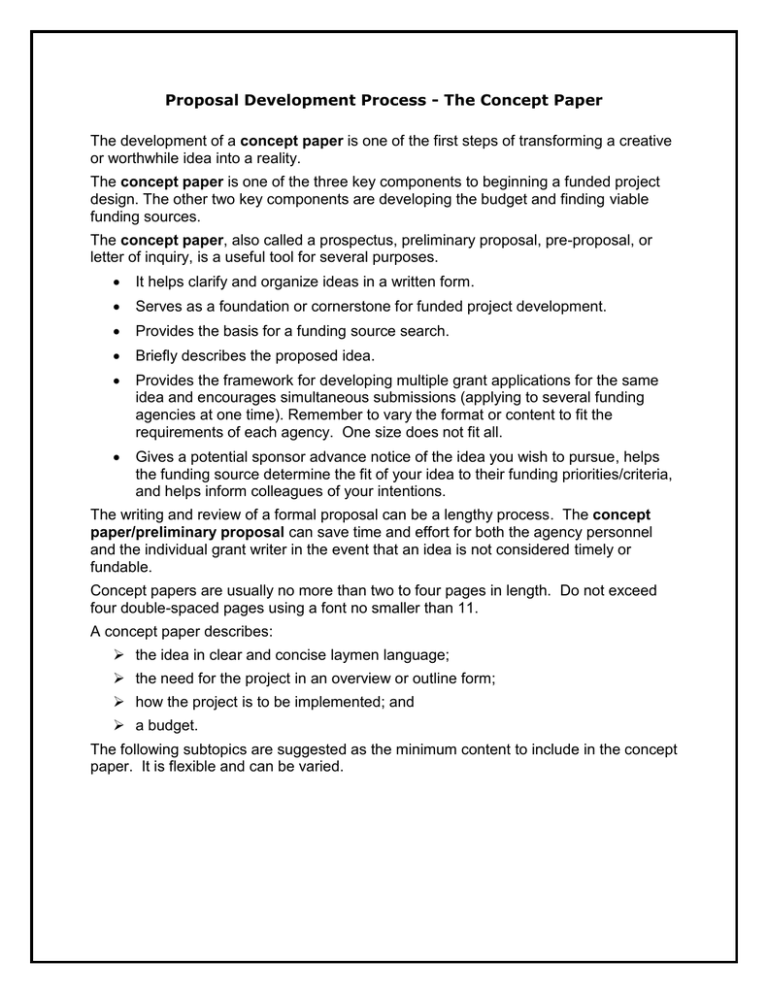
Proposal Development Process - The Concept Paper The development of a concept paper is one of the first steps of transforming a creative or worthwhile idea into a reality. The concept paper is one of the three key components to beginning a funded project design. The other two key components are developing the budget and finding viable funding sources. The concept paper, also called a prospectus, preliminary proposal, pre-proposal, or letter of inquiry, is a useful tool for several purposes. It helps clarify and organize ideas in a written form. Serves as a foundation or cornerstone for funded project development. Provides the basis for a funding source search. Briefly describes the proposed idea. Provides the framework for developing multiple grant applications for the same idea and encourages simultaneous submissions (applying to several funding agencies at one time). Remember to vary the format or content to fit the requirements of each agency. One size does not fit all. Gives a potential sponsor advance notice of the idea you wish to pursue, helps the funding source determine the fit of your idea to their funding priorities/criteria, and helps inform colleagues of your intentions. The writing and review of a formal proposal can be a lengthy process. The concept paper/preliminary proposal can save time and effort for both the agency personnel and the individual grant writer in the event that an idea is not considered timely or fundable. Concept papers are usually no more than two to four pages in length. Do not exceed four double-spaced pages using a font no smaller than 11. A concept paper describes: the idea in clear and concise laymen language; the need for the project in an overview or outline form; how the project is to be implemented; and a budget. The following subtopics are suggested as the minimum content to include in the concept paper. It is flexible and can be varied. Project Title Need – Focus on the importance, timeliness, and innovation of the project. Clearly state the relevance and applicability of the project to the sponsor’s priorities. Provide key supporting statistical data in this section. Be brief. Goals and Objectives – Succinctly state the overall goal of the project. Add measurable, clear and brief objectives listed in a prioritized order, if possible. Methodology, Operations, or Procedures - This section should relate directly to the objectives and should focus on the most significant points. Give indications of having thought through the scope of the study and having anticipated most reasonable questions or objections. Describe how the project will be conducted. Resources and Personnel Available - List in this section the significant facilities and equipment available for the project, plus information on key personnel and their previous relevant experience. Budget - This is one of the three most important parts of the process. This information is used to consider the costs of implementing a successful project. Once the project is clearly outlined, the next question is what will this project cost. When outlining cost, consider project activities and specific costs for each, e.g., distribution of electronic surveys or purchasing supplies. Only major category totals need to be listed. Cost-sharing contributions, if any and indirect costs should be itemized. Key Words - List general definitional or descriptive words that fit the project. These key words, while not often required in a concept paper, can be useful when the investigator begins searching for funding agency matches. They also help the grant writer gain clearer definition about the subject in mind. Source: www.wcu.edu/WebFiles/ Content modified by E. Noel, 4/3/15.
